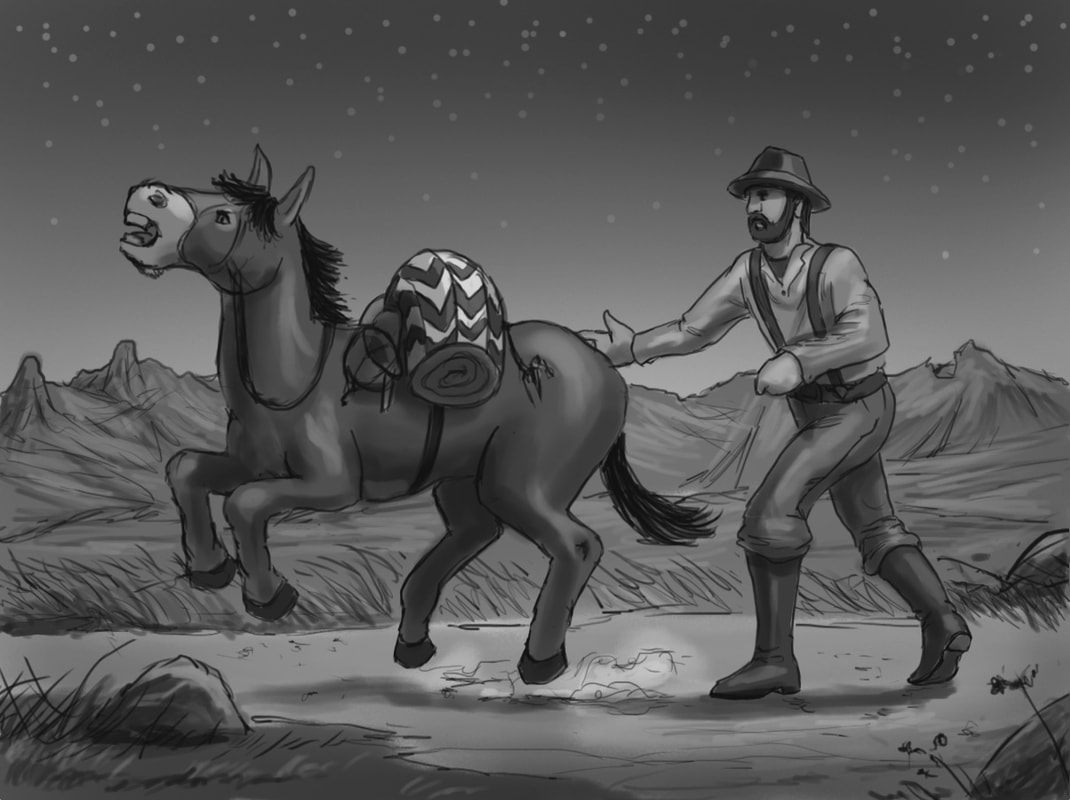
Subtitled The Unwritten Story of Army Life, this book was published in 1887 by Billings, who served in the 10th Massachusetts Volunteer Light Artillery Battery under General Sickles and General Hancock. It is not a history of the war, and doesn't talk about battles and strategy. Instead, it explains what it was like to enlist in the Union Army, how soldiers managed the every day acts of eating and sleeping, of punishments and pastimes, and what it was like to keep the Army on the move.







